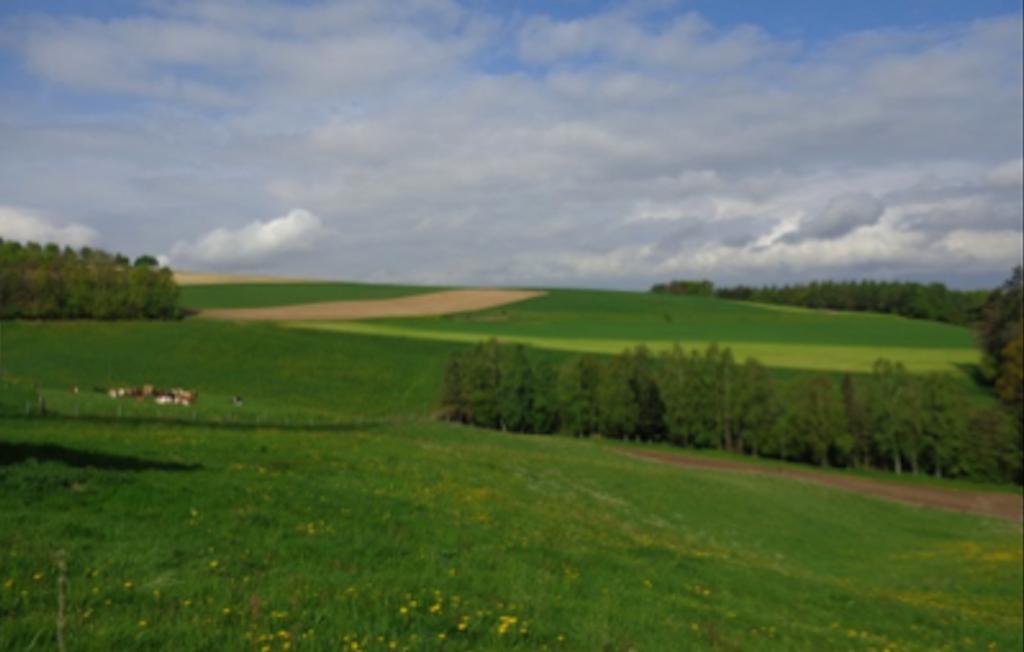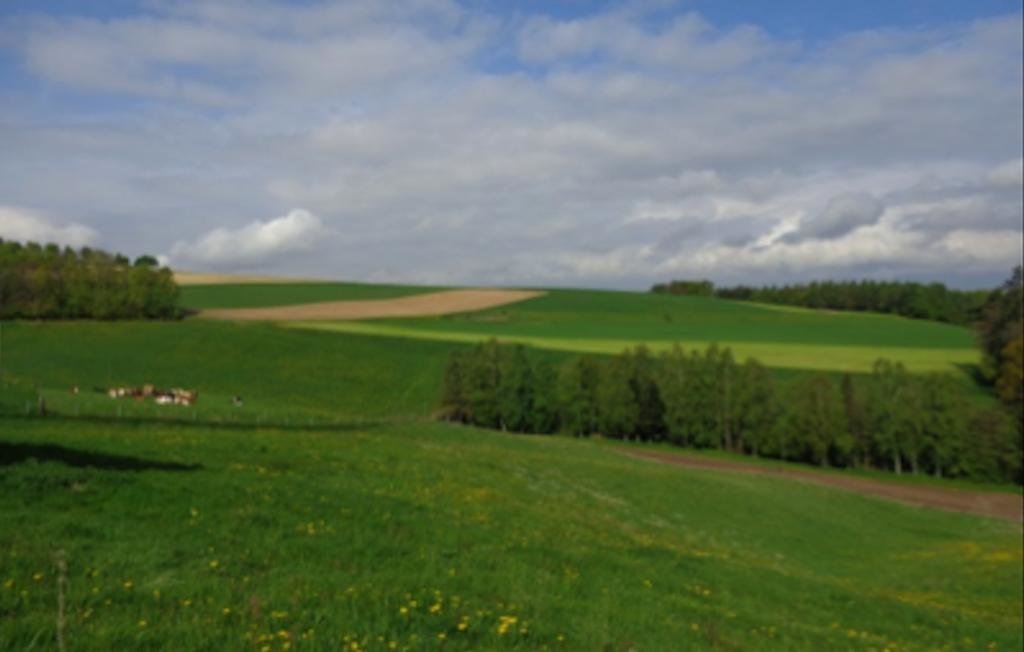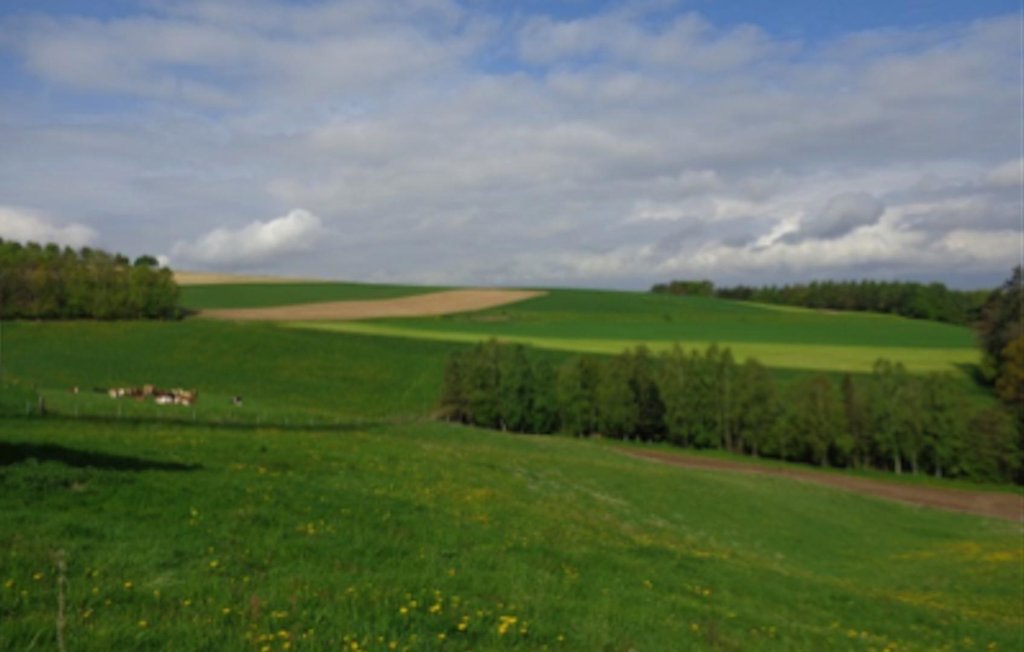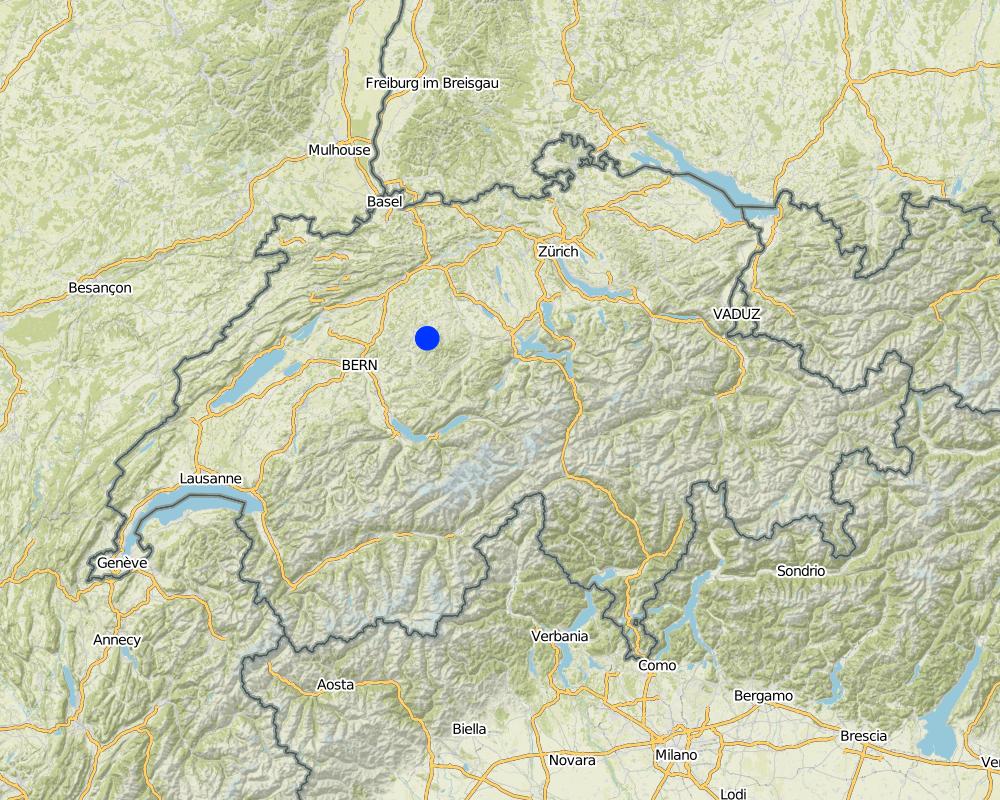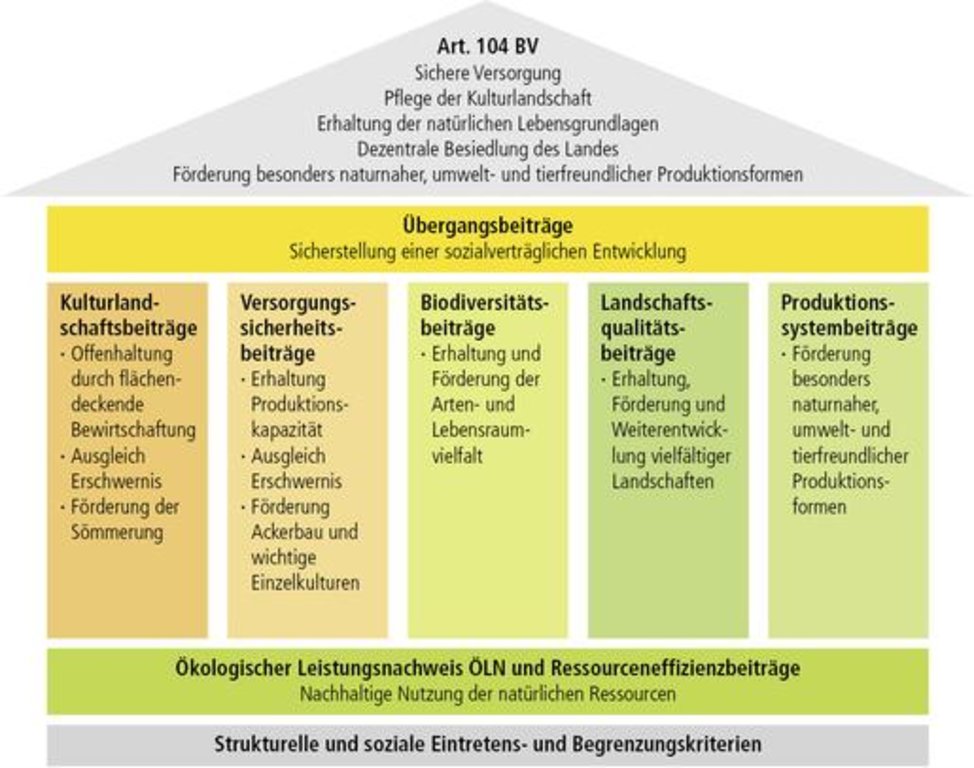Direct Payment System [Швейцария]
- Создание:
- Обновить:
- Составитель: Deborah Niggli
- Редактор: –
- Рецензент: David Streiff
Direktzahlungssystem
approaches_2602 - Швейцария
Просмотреть разделы
Развернуть все Свернуть все1. Общая информация
1.2 Контактные данные специалистов и организаций, участвующих в описании и оценке Подхода
Название проекта, содействовавшего документированию/оценке Подхода (если применимо)
Preventing and Remediating degradation of soils in Europe through Land Care (EU-RECARE )Название организации (-ий), содействовавших документированию/оценке Подхода (если применимо)
CDE Centre for Development and Environment (CDE Centre for Development and Environment) - Швейцария1.3 Условия, регламентирующие использование собранных ВОКАТ данных
Когда были собраны данные (на местах)?
23/06/2015
Составитель и ответственный/-ые специалист(-ы) согласны с условиями, регламентирующими использование собранных ВОКАТ данных:
Да
2. Описание Подхода УЗП
2.1 Краткое описание Подхода
Financial aid of the government to land users to compensate for loss of financial output of crops.
2.2 Подробное описание Подхода
Подробное описание Подхода:
Aims / objectives: The main aim is to maintain agriculture and its production of goods. Because of the small amount of financial output for a land user and its products in Switzerland, there are direct payments to the land user paid per area size. These payments are substantial for every land user but especially in mountain regions of Switzerland to compensate land users for their work for nature and environment. Another goal is to keep the nutrient security of Switzerland alive. This goal can only be reached by supplementary payments in order to produce agricultural goods competitively.
Methods: Direct payments mean financial sums paid to a land user per area size. They differ from position of the field. A land user must apply for the direct payments in autumn. During winter the land user must mark his fields and their use online. Payments are reached three times during the following year: in June, autumn and winter.
Stages of implementation: The beginning of direct payments is in the 1980s when there were payments for livestock owners. Before there were never direct financial payments to land users but the agricultural products were financed by the government itself and land users got a fixed price for their products. 1989 land users got direct payments for the first time under the programs IP Suisse and ÖLN. Today payments are calculated by area size.
Role of stakeholders: The direct payment system is mainly a political issue. Politicians make budgets for the total amount of direct payments each year. Moreover, they can make new rules and obligations for land users. The land user must always adopt himself and his technology and crop rotation to these changes. This can be very difficult. Land users are represented by their unions but there is no space for individual opinions or direct participation in the system.
2.3 Фотографии, иллюстрирующие Подход
2.5 Страна/ регион/ место, где применялся Подход
Страна:
Швейцария
Административная единица (Район/Область):
Bern
Более точная привязка места:
Frienisberg
Комментарии:
Total Switzerland
Map
×2.6 Даты начала и окончания реализации Подхода
Год начала реализации:
1989
2.7 Тип Подхода
- в рамках проекта/ программы
2.8 Каковы цели/ задачи Подхода
The Approach focused mainly on SLM with other activities (Maintenance of a good financial situation for Swiss land users)
The system wants to support Swiss Agriculture on a financial basis. Because agricultural products are produced under swiss conditions regarding wages, soil prices etc. the products can not compete against other products from abroad. The direct payments close the gap between the theoretical value of a product and its end price in stores.
The SLM Approach addressed the following problems: The system of direct payments gives wrong appeals to the land users. Because payments are made by area size land users want to expand their farm size even more. But there is also more work to do if a farm is bigger. The system also provokes cultivation of fields that are at risk for erosion or other consequences because it does not differ from fields that are at risk and fields that are not. It is only the size that matters.
2.9 Условия содействующие применению Технологии/ Технологий в рамках Подхода или затрудняющие его
Наличие/ доступность финансовых ресурсов и услуг
- затрудняют
Rentability of conservational agriculture and its technologies were often discussed because there may be losses at the beginning.
Treatment through the SLM Approach: Because of financial payments losses of financial capital can be compensated.
3. Участие и распределение ролей заинтересованных сторон
3.1 Заинтересованные стороны, участвующие в реализации Подхода и их роли
- местные землепользователи/ местные сообщества
- общественные организации
- местные власти
- государственные власти (отвечающие за планирование или принятие решений)
Если участвовало несколько заинтересованных сторон, назовите ведущую организацию:
government
3.2 Участие местных землепользователей/ местных сообществ на разных стадиях реализации Подхода
| Участие местных землепользователей/ местных сообществ | Перечислите участников и опишите их вовлеченность | |
|---|---|---|
| инициирование/ мотивация | пассивное | |
| планирование | пассивное | |
| выполнение | внешняя поддержка | |
| мониторинг/ оценка | интерактивное | |
| Research | нет |
3.3 Схема реализации (если имеется)
3.4 Принятие решений по выбору Технологии/ Технологий УЗП
Укажите, кто принимал решение по выбору применяемой Технологии/ Технологий:
- в основном землепользователи при поддержке специалистов по УЗП
Поясните:
Decisions on the method of implementing the SLM Technology were made by mainly by land users supported by SLM specialists
4. Техническая поддержка, повышение компетенций и управление знаниями
4.1 Повышение компетенций/ обучение
Проводилось ли обучение землепользователей/ других заинтересованных лиц?
Да
Укажите, кто проходил обучение:
- землепользователи
Тип обучения:
- в ходе работы
- опытные участки
Рассматриваемые темы:
There was also an overthinking on the side of land users. Some of them did not change environmentally good technologies after there were less payments for this technology because they saw the advantages of their technology. However, without a financial support at the beginning they would not have implemented new technologies.
4.2 Консультационные услуги
Есть ли у землепользователей возможность получать консультации?
Да
Укажите, где именно оказываются консультационные услуги:
- на полях землепользователей
- в постоянно функционирующих центрах
Описание/ комментарий:
Advisory service is very adequate to ensure the continuation of land conservation activities
4.3 Институциональная (организационная) поддержка
В ходе реализации Подхода были ли организованы новые институциональные структуры или поддержаны уже существующие?
- нет
4.4 Мониторинг и оценка
Являются ли мониторинг и оценка частью Подхода?
Да
Комментарии:
bio-physical aspects were ad hoc monitored by government through observations; indicators: None
socio-cultural aspects were ad hoc monitored by government through observations; indicators: None
economic / production aspects were ad hoc monitored by government through observations; indicators: None
area treated aspects were ad hoc monitored by government through observations; indicators: None
no. of land users involved aspects were ad hoc monitored by government through measurements; indicators: None
management of Approach aspects were ad hoc monitored by None through observations; indicators: None
There were few changes in the Approach as a result of monitoring and evaluation: None
There were few changes in the Technology as a result of monitoring and evaluation: None
4.5 Научные исследования
Были ли научные исследования частью Подхода?
Да
Укажите темы исследований:
- экономика / маркетинг
Напишите подробнее и назовите тех, кто выполнял исследования:
Research was carried out on station
5. Финансирование и внешняя материальная поддержка
5.1 Годовой бюджет мероприятий по УЗП в рамках Подхода
Если точный годовой бюжет неизвестен, укажите примерный диапазон затрат:
- > 1 000 000
Комментарий (например, основные источники финансирования/ ключевые доноры):
Approach costs were met by the following donors: government (projects): 50.0%; national non-government (soil support program): 10.0%; local government (district, county, municipality, village etc): 40.0%
5.2 Финансирование и внешняя материальная поддержка, предоставляемая землепользователям
Предоставлялась ли землепользователям финансовая/ материальная поддержка для применения Технологии /Технологий?
Да
5.3 Субсидии на отдельные затраты (включая оплату труда)
- сельскохозяйственные
| Укажите, какие ресурсы были субсидированы | В какой степени | Опишите субсидии подробнее |
|---|---|---|
| семена | профинансированы полностью | |
- другие
| Другой (какой именно) | В какой степени | Опишите субсидии подробнее |
|---|---|---|
| area size | профинансированы полностью | cultivation per ha |
5.4 Кредитование
Предоставлялись ли в рамках Подхода кредиты на мероприятия УЗП?
Нет
6. Анализ влияния и заключительные положения
6.1 Влияние Подхода
Сумел ли Подход помочь землепользователям внедрить и поддерживать технологии УЗП?
- Нет
- Да, немного
- Да, умеренно
- Да, существенно
There are payments for conservational agriculture and technologies. Therefore, SLM is applied there. However, there are also payments for conventional agriculture and technologies and the attractiveness to change a cultivation system is not very high.
Did other land users / projects adopt the Approach?
- Нет
- Да, немного
- Да, умеренно
- Да, существенно
about 97%
Did the Approach lead to improved livelihoods / human well-being?
- Нет
- Да, немного
- Да, умеренно
- Да, существенно
6.2 Основные причины, побуждающие землепользователей внедрять УЗП
- рост продуктивности
- рост прибыли (доходности) и рентабельности
- снижение объёма работ
- материальное стимулирование/ субсидии
- экологическая сознательность
6.3 Долгосрочная устойчивость мероприятий в рамках Подхода
Могут ли землепользователи самостоятельно (без внешней поддержки) продолжать применение того, что было реализовано в рамках Подхода?
- нет
Если нет или нет уверенности, объясните почему:
The current agricultural system in Switzerland can not run without direct payments and financial support of the land users.
6.4 Сильные стороны/ преимущества Подхода
| Сильные стороны/ преимущества/ возможности по мнению землепользователей |
|---|
| The payments are a security of income for the land users. Therefore he continues his production of agricultural products. (How to sustain/ enhance this strength: The payment must be enough high so that it is accurate for the labour and work of a land user on the fields. This must also be a point regarding future payments.) |
| Сильные стороны/ преимущества/ возможности по мнению составителя или других ключевых специалистов |
|---|
| It is a fair system: a land user only gets paid for his work on a field. (How to sustain/ enhance this strength: A good life for a land user and his family is possible through the financial aid of the direct payment system. This must be maintained.) |
6.5 Слабые стороны/ недостатки Подхода и пути их преодоления
| Слабые стороны/ недостатки/ риски по мнению землепользователей | Возможные пути их преодоления/снижения? |
|---|---|
| A fixed product price would be the solution to higher payments. The situation from the beginning of the system was much better. | Product prices must be on a similar level. However, this is not possible. |
| Слабые стороны/ недостатки/ риски по мнению составителя или ответственных специалистов | Возможные пути их преодоления/снижения? |
|---|---|
| The system provides some dependence for the land user. He can not produce competitively without supplementary payments. | Fair product prices and competitiveness would be the solution, but this is impossible to reach. |
| There are many differences during short time regarding the sum and conditions of direct payments. A land user has thereby no chance of adopting himself to the new conditions. | Payments must be stable during a longer time. Only then a land user is able to change his cultivation system. |
| The system leads to wrong cultivation of fields because a land user wants as much area size as possible. This endangers soil and can lead to erosion. | The system should be reduced to only not-endangered fields and provide payments for the non-cultivation of endangered fields. |
7. Справочные материалы и ссылки
7.1 Методы сбора/источники информации
- выезды на места, полевые обследования
- опросы землепользователей
Ссылки и модули
Развернуть все Свернуть всеСсылки
Нет ссылок
Модули
Нет модулей


